In the frozen expanse of Antarctica, where temperatures plummet to unimaginable lows and the sun disappears for months at a time, survival is a daily challenge. Yet, amid this harsh environment, a unique project has emerged—one that blends science, gaming, and human ingenuity. Researchers stationed at remote Antarctic bases have developed an innovative survival game designed to simulate the extreme conditions they face. This isn’t just entertainment; it’s a tool for training, team-building, and even psychological resilience.
The game, unofficially dubbed "Polar Survival," was conceived during the long winter months when isolation and monotony can take a toll on even the most seasoned scientists. What began as a casual pastime soon evolved into a sophisticated simulation, incorporating real-world survival tactics, weather patterns, and even the psychological stressors unique to polar environments. Players—often fellow researchers—must navigate blizzards, manage limited supplies, and make critical decisions under pressure. The stakes feel real, even if the consequences are virtual.
What sets this game apart is its authenticity. Unlike commercial survival games, which often prioritize action over realism, Polar Survival is rooted in the actual experiences of its creators. The developers, many of whom are veteran glaciologists or meteorologists, have infused the game with accurate scientific data. Wind speeds, ice formations, and even the behavior of wildlife are modeled after real Antarctic conditions. For example, a player might need to calculate the risk of crossing a crevasse field based on ice thickness measurements—a skill that could one day save their life.
The game has also become an unexpected boon for mental health. Wintering in Antarctica can be psychologically grueling, with prolonged darkness and limited social interaction. Polar Survival provides a shared activity that fosters camaraderie and alleviates stress. "It’s not just about surviving the cold," says Dr. Elena Petrov, a climatologist who spent 14 months at Russia’s Vostok Station. "It’s about surviving each other, in the best way possible. The game forces us to communicate, collaborate, and sometimes argue—just like in real fieldwork."
Beyond the research stations, Polar Survival is gaining attention from educators and military trainers. Schools in Norway and Canada have adapted simplified versions to teach students about polar ecosystems and climate science. Meanwhile, special forces units in several countries are exploring its potential for training personnel in extreme-environment survival. The game’s modular design allows scenarios to be customized, whether for a classroom or a covert ops team.
Yet, the project remains a grassroots effort, maintained by the scientists who play it. Updates are shared informally between bases, with new features often inspired by real-life incidents. When a generator failed at Belgium’s Princess Elisabeth Station, for instance, players added a "power outage" mechanic to the game. This organic development process ensures that Polar Survival stays relevant to its users—a rarity in the world of gaming.
As climate change accelerates, understanding polar environments has never been more critical. Tools like Polar Survival offer a novel way to engage with these challenges, blending education with innovation. For the researchers who brave Antarctica’s extremes, the game is more than a diversion—it’s a reflection of their resilience, a testament to human adaptability in the planet’s most unforgiving corner.

By /Jul 3, 2025
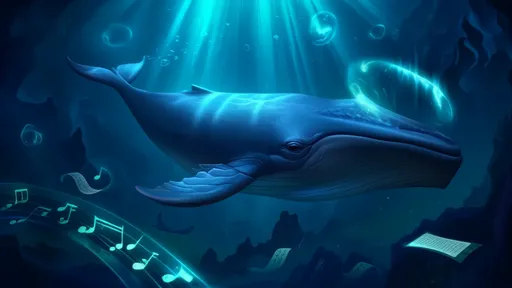
By /Jul 3, 2025

By /Jul 3, 2025

By /Jul 3, 2025

By /Jul 3, 2025

By /Jul 3, 2025
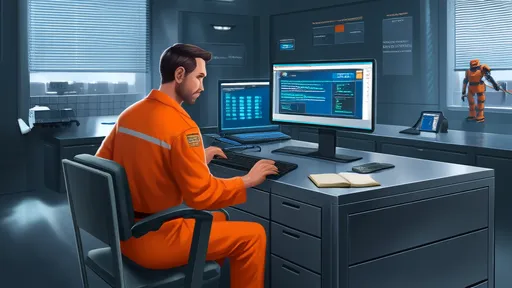
By /Jul 3, 2025
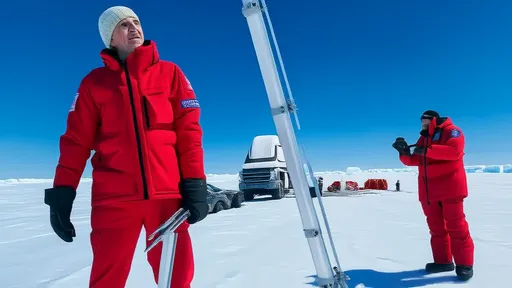
By /Jul 3, 2025

By /Jul 3, 2025

By /Jul 3, 2025

By /Jul 3, 2025
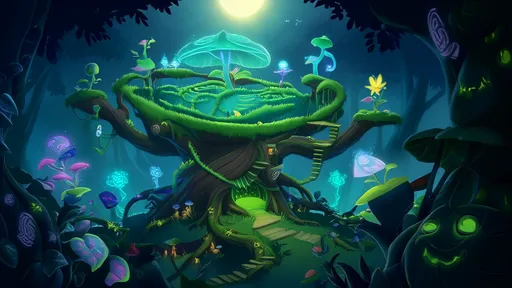
By /Jul 3, 2025

By /Jul 3, 2025

By /Jul 3, 2025
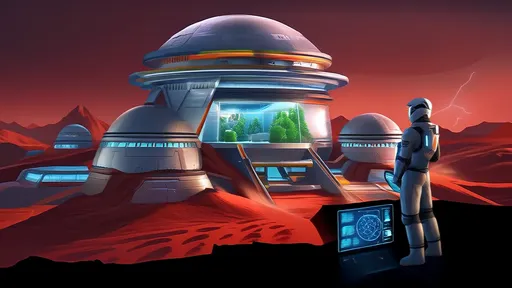
By /Jul 3, 2025

By /Jul 3, 2025
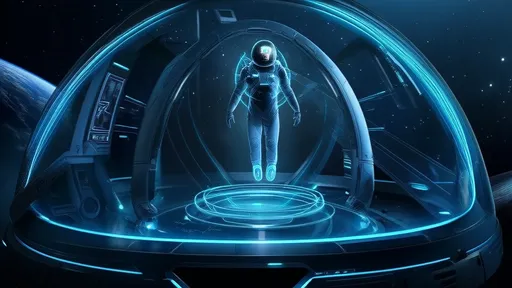
By /Jul 3, 2025

By /Jul 3, 2025